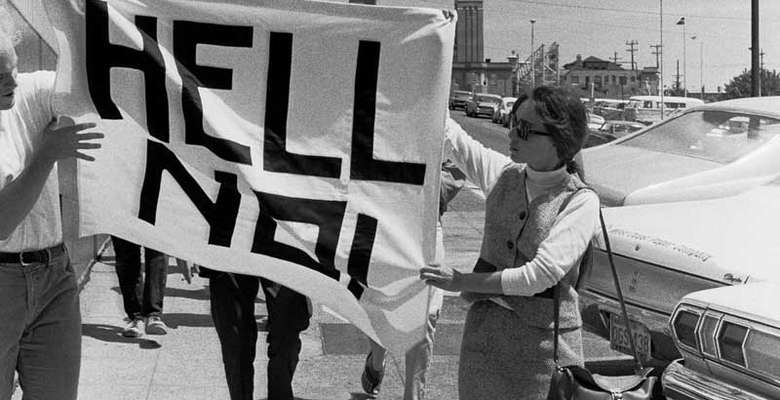Idea by
Marija Marić and Damjan Kokalevski
Call for ideas 2017
Designing a Curriculum
Designing a Curriculum

Bologna has bureaucratically “processed” European universities by introducing standardised degrees, making the assembly line of knowledge commodification run on a faster track to the labour market. In these conditions, architectural education is modelled as a simulation of real life practice, with studio projects matching fictional office settings. This is a proposal for an exercise in architectural education – a studio where students are designing a curriculum, an organisational document that shapes their educational reality. This approach aims at understanding the work of an architect not only in relation to architecture as a built environment, but also in relation to all those invisible infrastructures and institutions that define and regulate the profession. We claim that the “future of architecture” might not be in creating new spatial models, but in reorganising the existing disciplinary institutions and reclaiming critical roles by turning the current order upside down.
Designing a Curriculum
Designing a Curriculum

Bologna has bureaucratically “processed” European universities by introducing standardised degrees, making the assembly line of knowledge commodification run on a faster track to the labour market. In these conditions, architectural education is modelled as a simulation of real life practice, with studio projects matching fictional office settings. This is a proposal for an exercise in architectural education – a studio where students are designing a curriculum, an organisational document that shapes their educational reality. This approach aims at understanding the work of an architect not only in relation to architecture as a built environment, but also in relation to all those invisible infrastructures and institutions that define and regulate the profession. We claim that the “future of architecture” might not be in creating new spatial models, but in reorganising the existing disciplinary institutions and reclaiming critical roles by turning the current order upside down.
